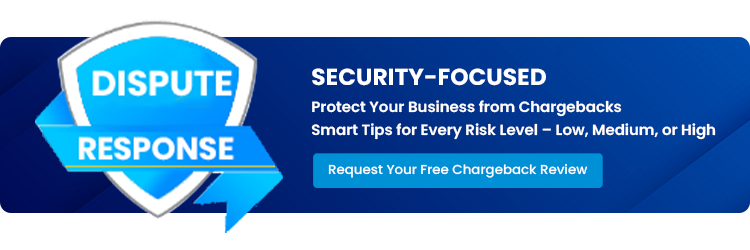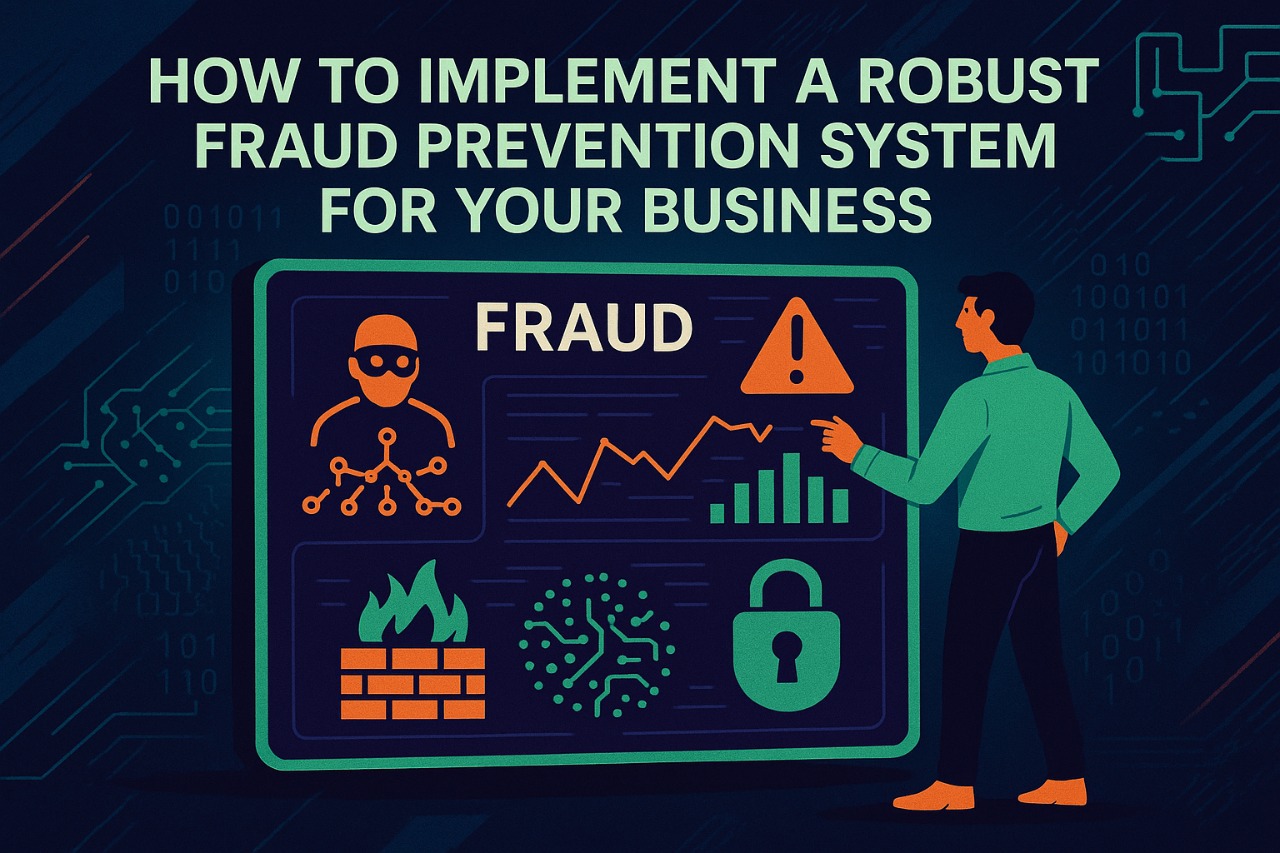disputeresponse Jun/ 30/ 2025 | 0
In today’s digital marketplace, fraud prevention is critical for protecting your business from financial losses and reputational damage. A robust fraud prevention system can help you detect and prevent chargebacks, reduce fraudulent transactions, and ensure a smooth customer experience. Here’s a step-by-step guide to implementing a comprehensive fraud prevention strategy for your business.
1. Identify Common Fraud Risks
Start by understanding the common fraud risks that affect e-commerce businesses. These can include chargebacks, account takeovers, stolen payment methods, and more. Identifying these threats will help you prioritize your prevention efforts and tailor your strategy.
2. Invest in Advanced Fraud Detection Tools
Leverage technology to strengthen your fraud prevention efforts. Fraud detection tools like machine learning, AI-based systems, and transaction monitoring solutions can analyze patterns in real-time and flag suspicious activities before they escalate into full-blown fraud.
3. Verify Payment Information
Ensure the authenticity of every payment by verifying customer details. Use Address Verification Systems (AVS) to compare the billing address provided by the customer with the one on file with the payment processor. Additionally, implement 3D Secure for an added layer of authentication during online transactions.
4. Monitor Transaction Behavior
Real-time monitoring is crucial in detecting unusual transaction behaviors. Use behavior analytics tools that monitor shopping patterns, detect rapid IP changes, or multiple failed login attempts. Automated alerts can help your team respond quickly to potential fraud.
5. Establish Clear Fraud Prevention Policies
Create and communicate clear fraud prevention policies with your customers. Educate them about how their data is protected and provide transparency around chargebacks and refunds. Ensure that your terms of service and privacy policy include clear clauses about fraud prevention.
6. Use Chargeback Alerts
Chargeback alerts from services like Ethoca can provide valuable insight into chargeback threats before they happen. By receiving real-time notifications of potential chargebacks, you can address the issue before it affects your revenue.
7. Train Your Team
Ensure that your team is well-equipped to handle potential fraud cases. Provide regular training on recognizing red flags in transactions, how to handle chargeback disputes, and how to use fraud prevention tools effectively.
8. Leverage Data and Analytics
Use analytics to track fraud trends and identify areas for improvement. Analyzing data such as chargeback ratios, transaction details, and fraud rates will help you optimize your prevention efforts and adjust strategies as needed.
9. Collaborate with Payment Gateways
Partner with payment gateways that have built-in fraud prevention systems. This collaboration ensures that your transactions are protected from fraudulent activities and that your payment processing complies with industry standards and regulations.
10. Implement Multi-Layered Protection
Adopt a multi-layered approach to fraud prevention. Combine manual reviews, automated fraud detection tools, chargeback alerts, and customer verification processes to create a robust, multi-faceted defense against fraud.
By implementing a comprehensive fraud prevention system, you can safeguard your business, protect your revenue, and build trust with your customers. Stay ahead of fraud trends, leverage the latest technology, and ensure that your e-commerce operations run smoothly and securely.



